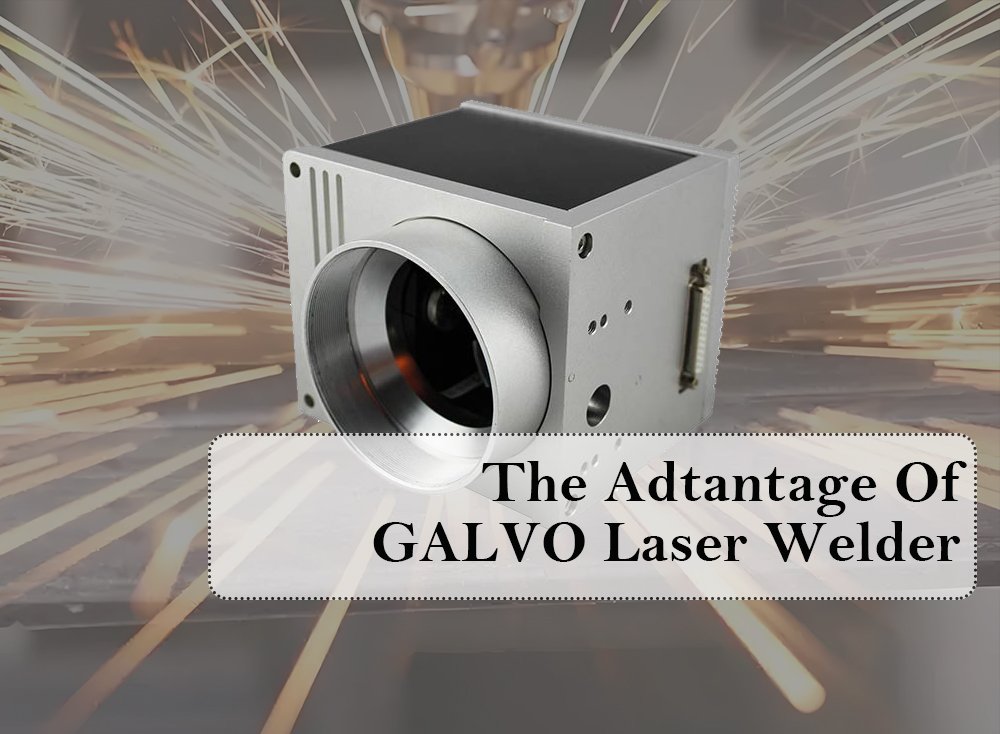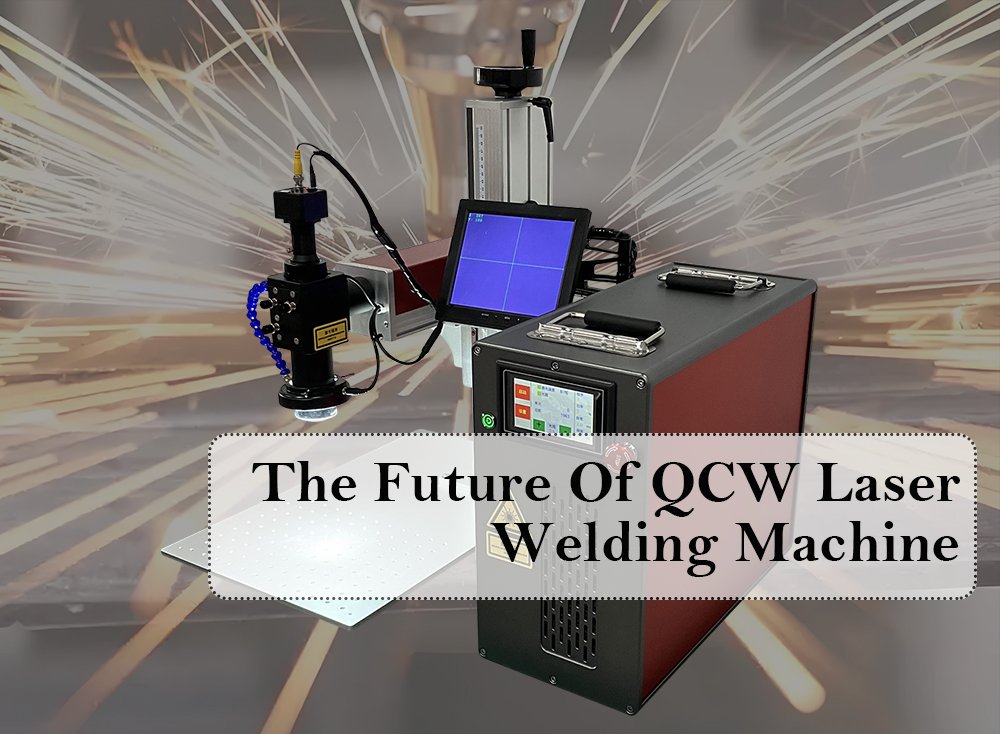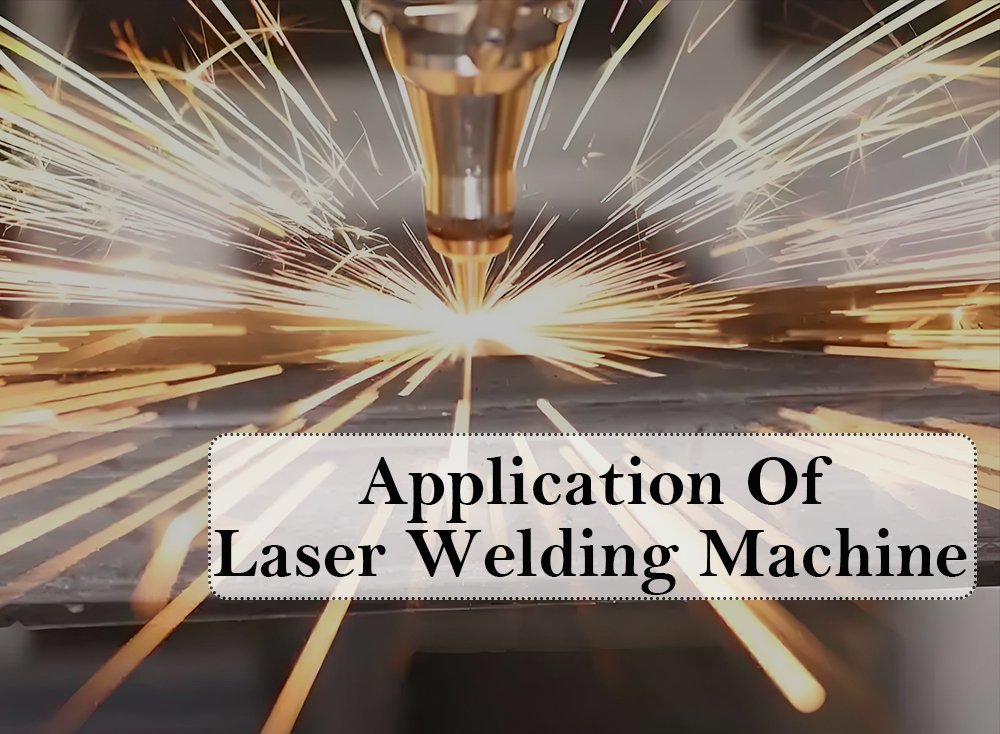In the ever-evolving landscape of industrial manufacturing, precision and efficiency are non-negotiable. Among the technologies driving this transformation, galvanometer laser welding machines stand out as game-changers. These advanced systems leverage high-speed scanning mirrors (galvanometers) to direct laser beams with unparalleled accuracy, making them indispensable in industries that demand micron-level precision and rapid production cycles. Let’s explore the critical roles these machines play in modern manufacturing.
1. Unmatched Precision for Complex Geometries
Traditional laser welding systems often struggle with intricate designs or small components due to limited beam control. Galvanometer laser welding machines solve this problem by using dynamic mirrors to steer the laser beam at lightning speed—often thousands of points per second. This allows for:
-
Micro-Welding: Perfect for electronics, medical devices, or jewelry where weld seams are as thin as a human hair.
-
3D Welding: Seamlessly handles curved surfaces, sharp angles, and complex shapes without repositioning the workpiece.
-
Consistency: Ensures repeatable results, even for high-volume production.
By eliminating mechanical movement of the laser head, these systems minimize human error and achieve sub-millimeter accuracy.
2. Blazing-Fast Processing Speeds
Time is money in manufacturing, and galvanometer systems excel here. Their ability to redirect the laser beam instantly—without physical repositioning—translates to:
-
Reduced Cycle Times: Welding tasks that once took minutes can now be completed in seconds.
-
High Throughput: Ideal for automotive or aerospace industries where thousands of parts require welding daily.
-
Minimal Downtime: Non-contact processing reduces wear and tear on machinery.
For example, in battery manufacturing for EVs, these machines weld hundreds of connections in a fraction of the time required by conventional methods.
3. Material Versatility
Galvanometer laser welders are agnostic to material types, provided the material can absorb laser energy. They excel in joining:
-
Metals: Stainless steel, aluminum, titanium, copper, and even dissimilar metals.
-
Plastics: For specialized applications in electronics or medical devices.
-
Delicate Materials: Thin foils or heat-sensitive components (e.g., sensors) thanks to precise heat input control.
This flexibility makes them a go-to solution for industries ranging from semiconductor manufacturing to luxury watchmaking.
4. Reduced Thermal Distortion
Excessive heat can warp materials or damage nearby components. Galvanometer systems mitigate this by:
-
Localized Energy Delivery: The laser focuses energy only on the weld area.
-
Ultra-Short Pulses: Minimizing heat diffusion into surrounding regions.
-
Adaptive Power Control: Adjusting laser parameters in real time for optimal results.
This is critical for industries like aerospace, where structural integrity is paramount.
5. Seamless Integration with Automation
In the era of Industry 4.0, galvanometer laser welders shine as part of automated production lines. Features like:
-
Pre-Programmed Paths: CAD/CAM compatibility allows quick adaptation to new designs.
-
Real-Time Monitoring: Sensors detect defects and adjust parameters mid-process.
-
Robotic Compatibility: Easily paired with robotic arms for fully automated workflows.
This integration slashes labor costs and boosts scalability.
Applications Across Industries
-
Automotive: Battery tabs, sensors, and lightweight alloy welding.
-
Electronics: Circuit boards, micro-connectors, and hermetic sealing.
-
Medical: Implants, surgical tools, and disposable devices requiring sterile welds.
-
Jewelry & Luxury Goods: Flawless, invisible joins on precious metals.
Conclusion: The Future of Precision Welding
Galvanometer laser welding machines are redefining what’s possible in manufacturing. By combining speed, accuracy, and adaptability, they address the growing demand for miniaturization, material diversity, and sustainable production. As industries push the boundaries of innovation, these systems will remain at the forefront, empowering engineers to turn complex designs into reality—one precise weld at a time.
Whether you’re crafting life-saving medical devices or cutting-edge electric vehicles, a galvanometer laser welder isn’t just a tool—it’s a competitive advantage.




Hi, this is a comment.
To get started with moderating, editing, and deleting comments, please visit the Comments screen in the dashboard.
Commenter avatars come from Gravatar.
Thank you my dear